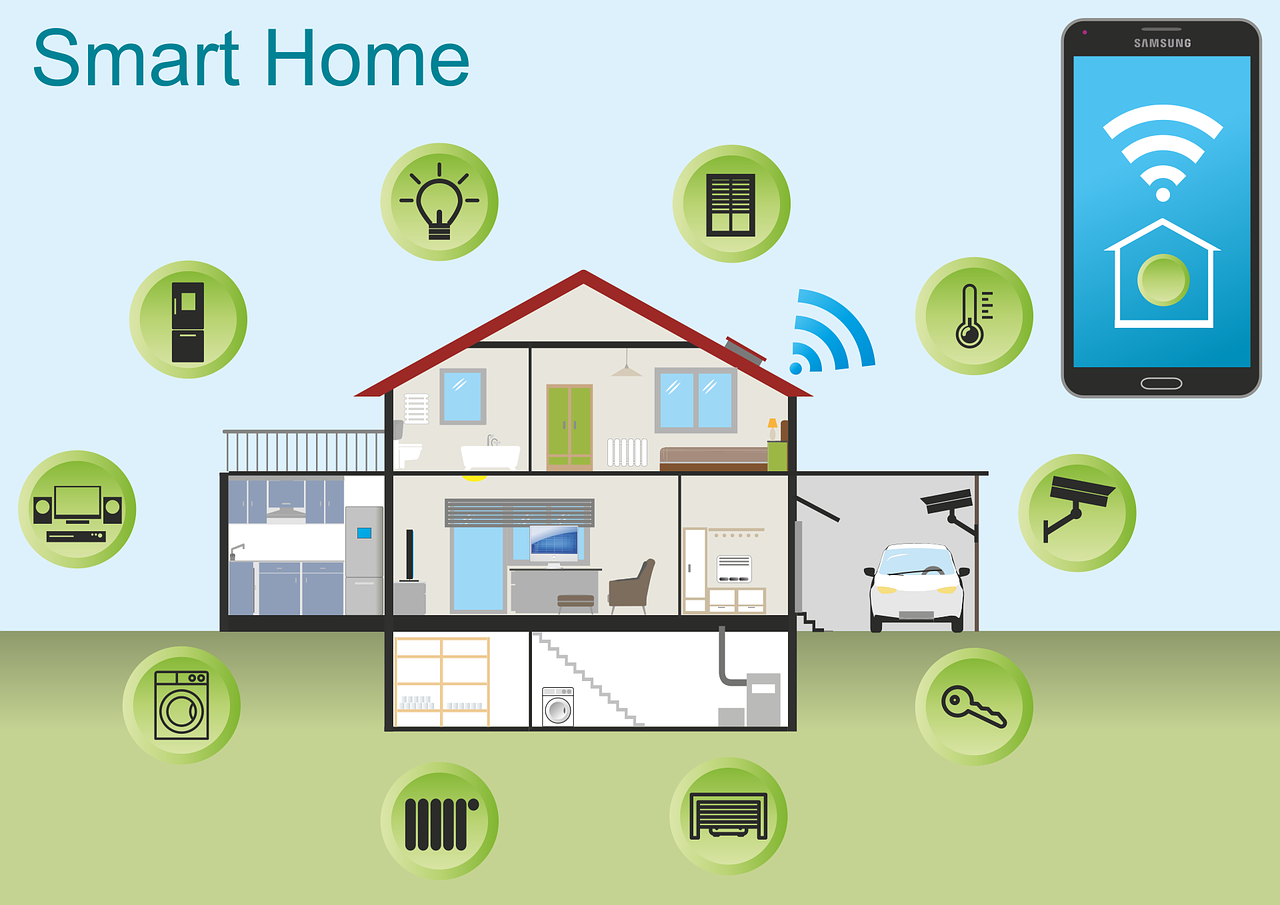5 Ways A Smart Home Can Improve Your Life.
Life has become easier as a result of smart technological developments. Suddenly, you can use voice commands or smartphone applications to turn off lights, lock doors, and more. Smart home technologies, according to the US Department of Energy, also help to the smooth and effective operation of our electric grid. With so many choices, deciding where and how to begin creating your home automation system may be difficult. The majority of people are faced with apparently endless questions and few answers.
With some knowledge and following a few simple guidelines, the experience can be made easier and less intimidating. The main thing is Simply to get started. Over time, your design will change. The industry is always evolving, and your home automation system may adapt and grow along with it. Depending on your budget, you may either buy one product or multiple products to make everything work. The majority of people begin with lights because it is easy to install and very affordable. Once you’ve become acquainted with the technology, you’ll definitely question, “What else can I accomplish with home automation?”
Ensure that the products you buy are compatible with each other.
Home automation is a field that is always advancing. New products are always being introduced, and older, outdated products are being phased out. Don’t be disappointed. Knowing a few fundamental facts about the equipment you buy can help you plan for their inevitable obsolescence. Backward compatibility is the key. Check for this capability in new home automation devices and compare it to what you already have. Backward compatible items allow you to grow rather than replace your system.
Understanding a Few Basics of Home Automation
Before you start shopping, acquaint yourself with a handful of the most fundamental home automation technologies.
Compatibility with X10
Backward compatibility is most commonly used to describe new devices that operate with older X10 systems. X10 is one of the most well-known and widely used home automation protocols (not to be confused with a company of the same name). This protocol is used by many older or legacy items.
RF (wireless) vs. Powerline
The word “powerline” is frequently used in the home automation industry. It indicates that the device uses your house’s electrical wiring to communicate with other home automation devices. Radio frequency (RF) is a wireless communication technology that does not require any wires to operate. The majority of systems are either Powerline or RF, or a mixture of the two. Wireless devices, often known as RF devices, are relatively new in the world of home automation. Insteon, Z-Wave, and Zigbee are three of the most popular wireless home automation technologies. Each of these wireless technologies has its own set of benefits and devotees. Bridge devices can be used to make wireless goods operate with Powerline systems. Many people prefer wireless technologies as it is simple to setup and reliable.
Ways A Smart Home Can Improve Your Life.
1. Save money using your home automation system: While you’re away, you can control your home’s air conditioning, lights, and other equipment. If you have a Time-of-Day Price Plan, you can adjust the settings to run at a lower cost when electricity is available.
2. Secure your home: Lock and unlock your doors from anywhere, manage and automate your lights, set off an alarm if unwanted motion or entry is detected, and receive instant notifications if doors or windows open unintentionally. When you approach your door in a smart house, it automatically opens and locks behind you.
3. Spot a leak early: Get informed if there is an overflow of water in an area where it does not belong. And, by informing you of the problem, you can solve it before it costs you a fortune.
4. Automate lights: Smart lights may save you money and keep your house safe by reacting automatically to your daily routines and preferences. You may program your lights to turn on while you’re gone to give the impression that someone is home or to turn off automatically when you leave the house.
5. Stay connected and protect yourself: Know when your children return home from school, when vehicles arrive in the driveway, and when pets unexpectedly leave the house. Sensors can also be used to monitor and secure dangerous and restricted locations.
The majority of people begin their home automation setup with lighting items like switches and dimmers. Although you can purchase individual components and build your own system, purchasing a starting kit is both easier and more cost-effective. Lighting starting kits are available from a variety of vendors in a variety of configurations. Typical starter kits comprise numerous light switches or plug-in modules, as well as a remote control or interface panel. Starter kits for Insteon, X-10, and Z-Wave are all available for purchase. Depending on the technology and the number of components, the kits can cost anywhere from $50 to $350.
Hopefully, these practical smart home ideas will help you get started on the right foot with your home automation adventure. Take your time learning about home automation technologies, starting with low-cost gadgets and gradually adding additional devices into your hub.
If you have questions make sure to contact us before accidentally purchasing an incompatible smart device. Our friendly Home Automation Eggsperts are here and available to help and for advice.
Get started by calling (760) 205-0105 or emailing us with your questions, service requests, or technology upgrade advice.


0 Comments